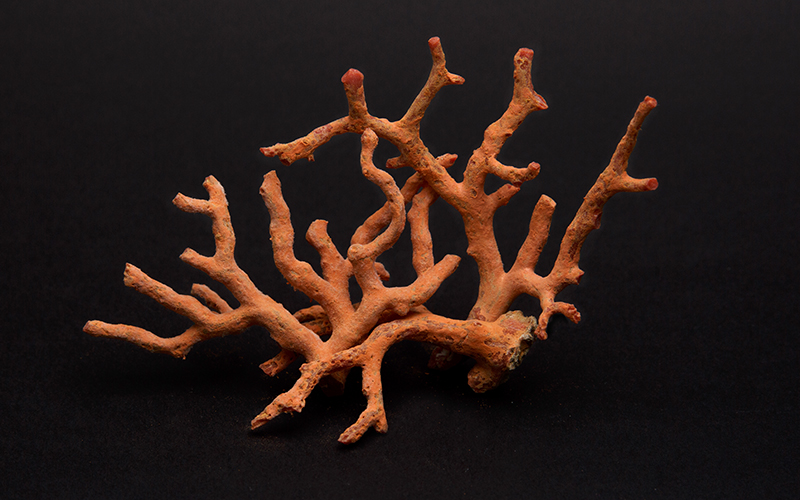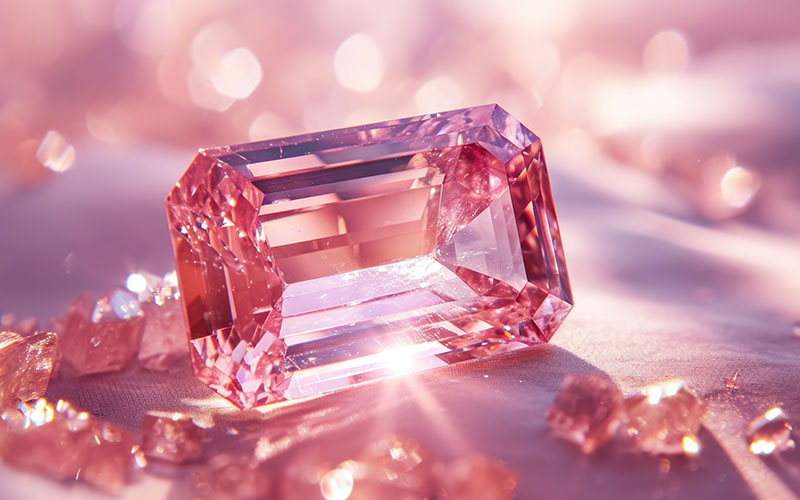Coral. The very word conjures up visions of warm, sun filled days on the Mediterranean and la Dolce Vita. Coral has been used in jewelry dating back to the ancient Romans, Etruscans and Egyptians, but did you know that there are over 7,300 species of coral? Of those, only ten are considered precious coral, which is different from coral reefs that we hear about. Coral reefs are mostly in shallow waters and they are feeling the effects of climate change, but this is not the same coral used in jewelry. Precious coral, which is used in jewelry, comes from the Corallidae family and lives much deeper in the ocean. CIBJO (The World Jewellery Confederation) Coral Commission defines precious coral as: “Those that are used in jewelry and decoration, specifically red, pink and white varieties with porcelain-like luster and polishing.” Reef coral is hard, brittle, porous and not suitable for jewelry making.
CIBJO Rules
“The CIBJO Coral Commission has recommended that precious corals suitable for fine jewelry should be harvested from depths exceeding 50 meters below the ocean’s surface and have a trunk width of at least 7 millimeters,” explains Vincenzo Liverino, president of Liverino 1894, a five generation coral business in Torre del Greco, Italy. “A significant portion of the materials used by the industry comes from coral deposits of nonliving material.”
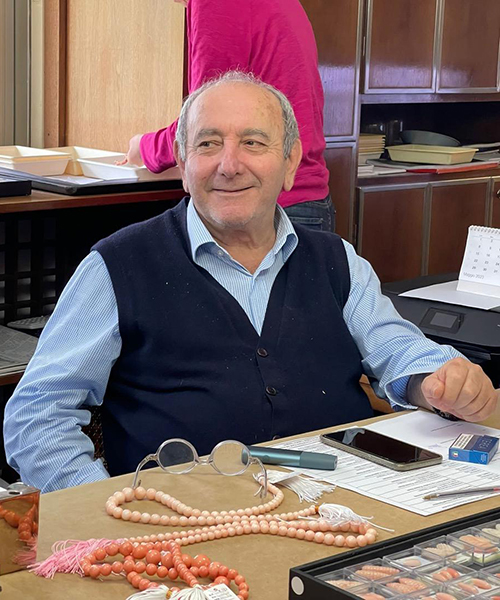
Precious coral found in red, known as Sardinian Coral, comes from the Mediterranean Sea. Lighter pinks and angel skin corals often come from the waters around Japan and Taiwan. “There are limits for harvesting precious coral under the FAO in the Mediterranean Sea and there are also strong regulations for coral fishing in Japan and Taiwan,” says Liverino, who notes that fishing licenses are given to alternating sea areas every ten years in Japan, leaving some areas closed so that the coral can repopulate. “The sustainability of the raw coral, is possible thanks to the harvesting system. With the “trimming” of the fished branches, it provides a sort of sowing of new colonies. As they fall back to the seabed, they repopulate existing and new coral colonies,” adds Liverino.
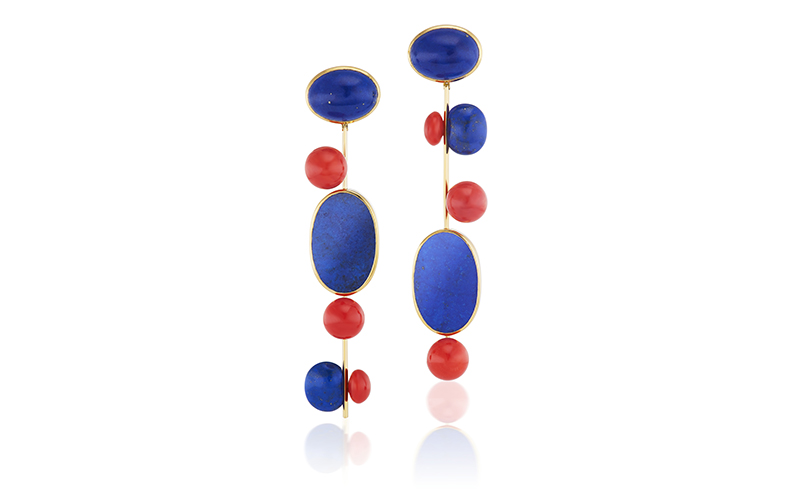
Designing With Coral
According to Peggy Grosz, creative director and senior vice president of Assael, a New York-based pearl firm, consumers are open to purchasing precious coral, but retailers have been hesitant to carry the material because it is so frequently confused with reef coral. However, Grosz notes that as retailers have become educated about precious coral they are starting to warm up to it.

Coral has no scintillation so it fits into the quiet luxury movement, comments Grosz. “Coral is a pleasure to use in design. Sardinian coral adds a lot of drama because of its orange-red color. It adds a lot of contrast. Even the angel skin to deeper salmon colors add contrast. Having a coral bead or carving that is opaque and mixing it with other materials adds dimensionality to the piece. Coral is now highly desired,” concludes Grosz. “There has been a rise of interest in color gems and unexpected materials by consumers.”
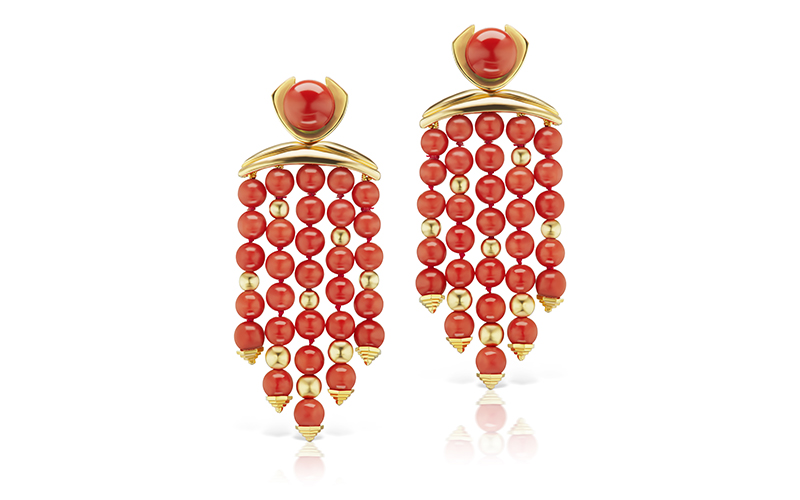
For those who enjoy education on topics like this one, it should be mentioned that IGI’s School Of Gemology launched the first coral course in Italy, in the Marcianise district in 2019.

